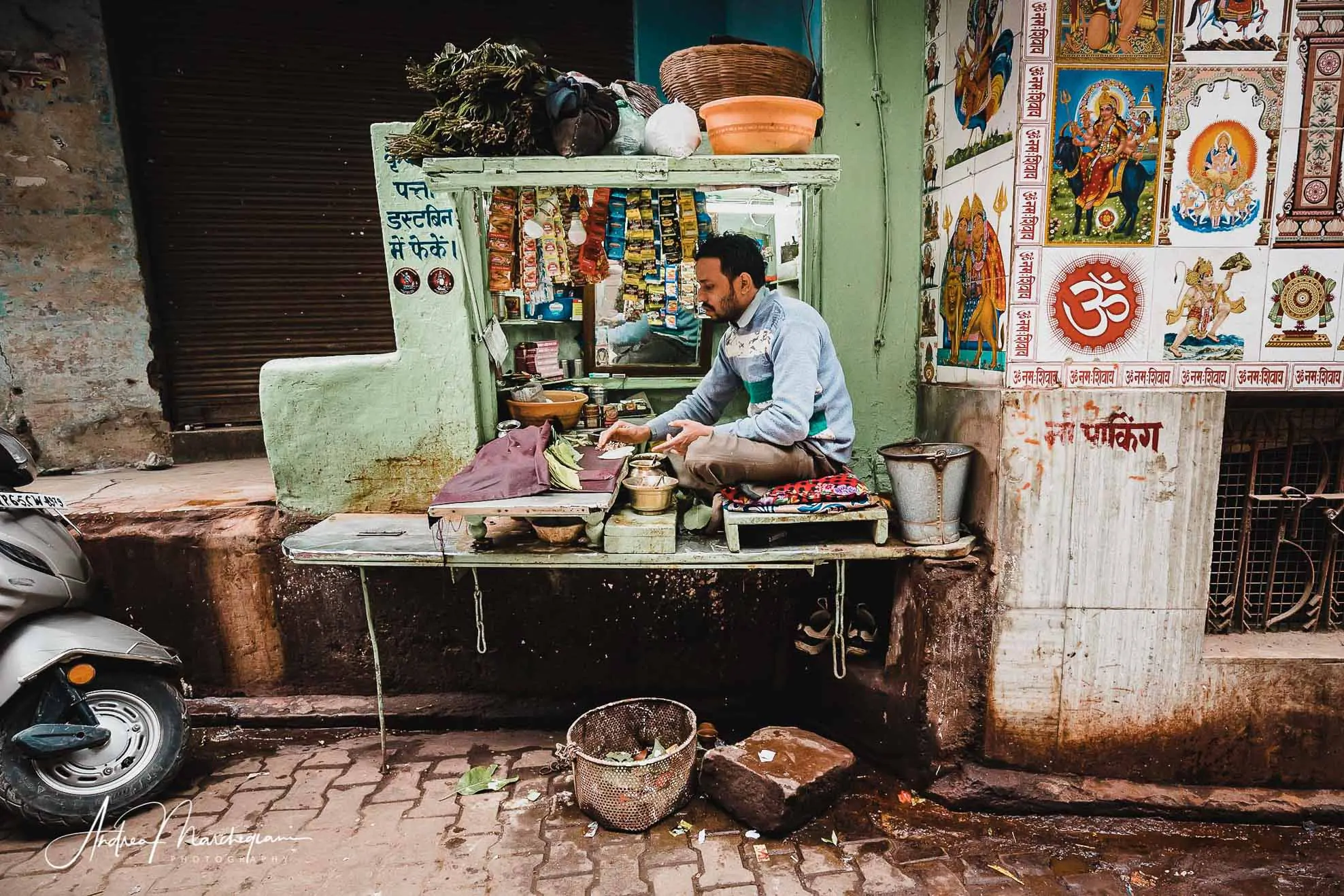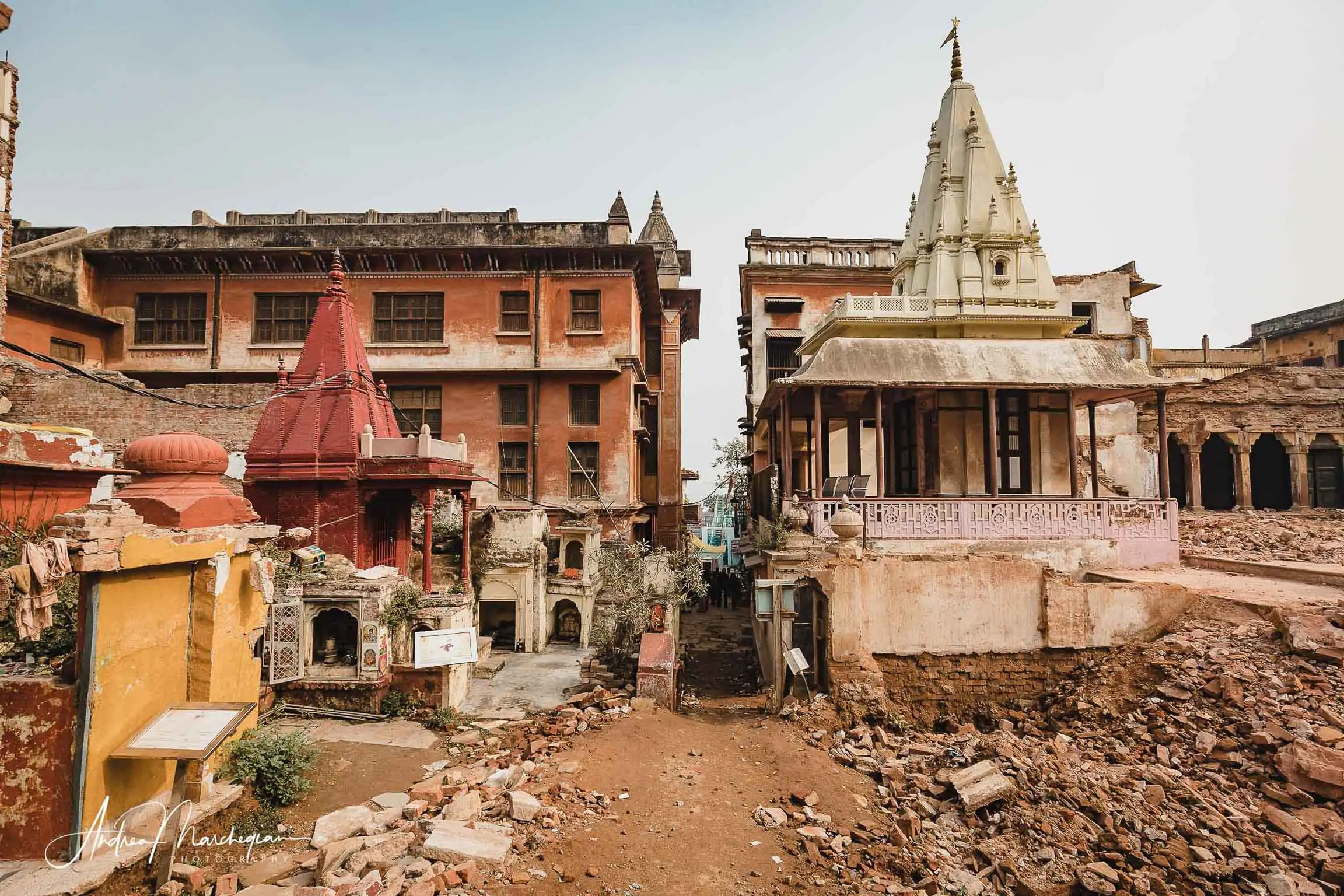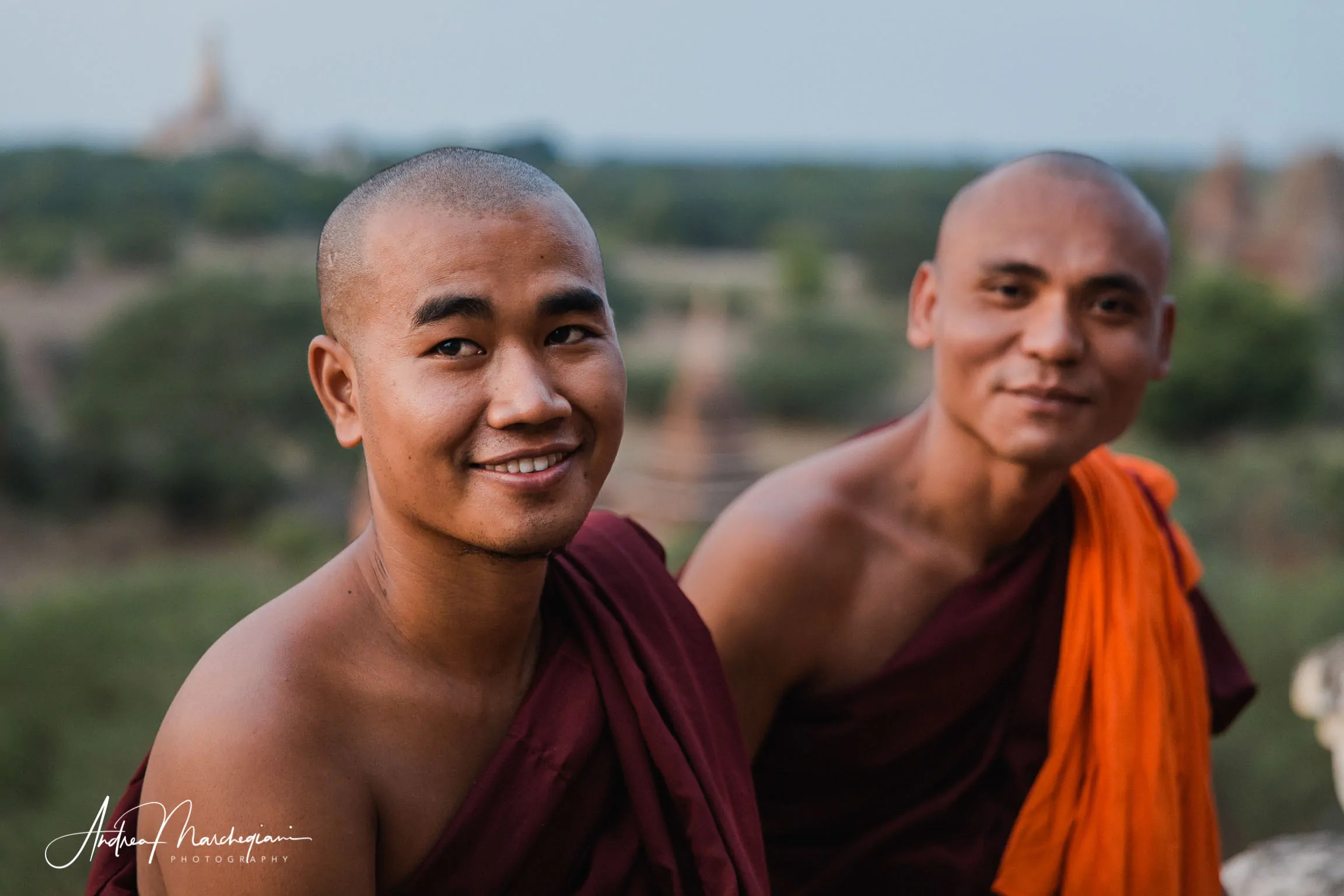
- Home
- Photo Galleries
- Portrait Photography
- Landscape Photography
- Street Photography
- China
- Ethiopia
- India
- Holy Ganges
- Varanasi
- Varanasi Ganga Aarti
- Varanasi, Manikarnika Ghat
- Varanasi Streets & Alleys
- Varanasi Demolition
- Varanasi Fruit Market
- Sarnath
- Brick Kilns
- Tamil Nadu, Chennai & Mamallapuram
- Tamil Nadu, Fort Tirumayam & Madurai
- Tamil Nadu, Tiruvannamalai & Thanjavur
- Kerala, Munnar
- Kerala, Peryiar
- Kerala, Backwaters
- Kerala, Kochi
- Kazakhstan
- Myanmar
- Senegal
- Uzbekistan
- Travel Blog
- China
- Ethiopia
- India
- Tamil Nadu & Kerala
- Varanasi
- Whato to do in Varanasi
- Varanasi Life along the Ghats
- Varanasi Death along the Ghats
- Varanasi Ganga Aarti Ceremony
- Varanasi demolished to honor Shiva
- Varanasi Fruit Market
- “Varanasi, A Journey into the Infinite”
- Sarnath
- All about River Ganges
- Holy Shit. All about Indian Cow Dung
- Clean India Project
- Brick factories
- Tilaka, pundra, bindi: what is the mark on Indian foreheads?
- Kazakhstan
- Mongolia
- Ulaanbaatar, the coldest capital in the world
- What to do in Ulaanbaatar
- Chinggis Khan Museum, 6 floors of Mongolian history
- Gorkhi-Terelj National Park and Bodgkhan Natural Reserve
- Altai Mountains, Things to do in Olgii and Sagsai
- Living with the Eagle Hunters
- Sagsai Eagle Festival
- Navrus Festival
- Xöömej, Mongolian throat singing
- Mongolian Food
- Myanmar
- Senegal
- Uzbekistan
- Latest Posts
- Photography Blog
- About
- Prints
One of the most central areas of Varanasi is demolished for two years, making way for a modern space, better equipped with all services for Hindu pilgrims. the resident population suffers expropriations with a sense of powerlessness. India’s prime minister claims he’s doing it to please Shiva, who could not bare anymore the state of decay of the Golden Temple’s surroundings.
Share with your friends:

6.000 temples in Varanasi
“In Varanasi it is not known whether there is a temple in every house or a house in every temple” – so reads a popular saying. A sacred city par excellence, Varanasi welcomes millions of Hindus, who come here to pray and die in the motherly arms of the Ganges River.
Dying in Varanasi is receiving Shiva’s greatest gift, which is the promise of never being reincarnated again.
In addition to the crematory ghats and the Ganga Aarti ceremony, my guide Prakash organized a tour through the alleys of the city, where over 6,500 temples hide.
As we walk through the narrow and smelly streets, Prakash points out small altars or rooms against the walls of the buildings. If he didn’t point them out so hard, I wouldn’t notice them at all. I am more attracted, in fact, by the sight of the small workshops of artisans that unroll one after the other as we proceed.
Barbers, newsagents, grocery stores – commercial activities are created in cramped environments, some of them look so small that they look like scale models. Often you can not get in standing, but just squatting.






Prakash does not consider them noteworthy and continues to focus on the main reason for our walk. “Here’s another temple, right there!” he points. “And another next to that… and look at this shrine above!”
Here are the more than 6,500 temples which Prakash holds so dearly. He points them out to me as if they were mushrooms popped night time in the urban underwood.
“Every family has its own private temple,” he says, “and prays to Shiva every day.”
“What do they pray for?”
“Long life, health, money. Sons. The things we all want.”


Varanasi's Golden Temple
But when I ask to visit Kashi Vishwanath, the Golden Temple, as he promised me when I contacted him, he makes a face of disinterest.
“The golden temple is closed. No tourists are allowed there anyways.” This makes no sense: we are talking about the main Hindu pilgrimage site of Varanasi.
“Prakash, you told me I could visit it. Let me see it at least from the outside.” Shrugging, he replies that nobody can photograph the temple nor get close to it. There is nothing to see there. His gaze is fixed, as if to protect himself from further questions.

The city centre is being demolished
In the afternoon, I decide to do my own thing and go there anyway. Sometimes Prakash’s answers do not convince me, maybe because he does not speak good English and his Italian is pretty basic.
I ask people to give me information and they show me the way. As I approach the destination, I understand that something doesn’t add up. Over and over again, following the instructions given to me, I find myself in the midst of piles of rubble. The city is torn apart, streets and houses suddenly leave the way to heaps of debris, as if the city had undergone a recent bombing. Literally, the streets end in mountains of dust and it is impossible to continue.

Having wandered around for about half an hour, beyond a building cut as a slice of cake, I see the golden profile of what can only be the facade of the Golden Temple.
The contrast between the well finished building and the rubble that frames it is such that I take the camera and immediately point on this unexpected glimpse. I do it quickly, as if my subject was a canary ready to fly away. But before I can focus…
“HEY!” shouts a man. “NO PICTURES!”
I pull down the camera and I see the policeman, armed with Kalashnikov, watching me. I hadn’t noticed, but there is an armed checkpoint. All the streets that once led to the temple are barred and guarded.
“Sorry, no pictures,” he repeats.
Prakash told the truth. It may not be his explanations that strike me as unreal, but India itself. I think back to his elusive gaze. He did not want me to see this open wound in the heart of his city, a city he loves deeply and with which it is impossible not to identify.
But what is the reason for all this?






"Let Shiva breathe clean air"
I learn that the district around the great Golden Temple, one of the most central and characteristic of the city, is demolished to allow pilgrims to visit the Ganges more easily.
For Hindus who visit Varanasi, it is mandatory to bathe in the Ganges in three different places. At the moment the access to the river from the Golden Temple is uncomfortable and tortuous. An esplanade of 40,000 square meters will therefore connect the most important of the 12 Varanasi’s Shiva Temples to 3 of the 84 ghats, the famous staircases that allow access on foot to the banks of the sacred river.
So be it. Where once stood the traditional workshops of local artisans and traders, where once stood the most beautiful residences of the Maharajas, there is nothing but dust now. Soon a modern area will arise, equipped with the best facilities and services.
Construction began two years ago, quietly, first with picks and then with bulldozers. But only a few months ago, Prime Minister Narendra Modi revealed the details of the project. It is not just a commercial operation.
The Prime Minister, in fact, considers the modernization of Varanasi first of all a religious duty. Gandhi suffered seeing Varanasi in such misery. The Golden Temple should be freed from the suffocating chaos of dirt and decomposition, so that the god Shiva can breathe again.
The choice has however aroused concern: without any archaeological study and without any care for the distinctive features of the city, the municipality has expropriated the houses, the shops, the ancient historic houses and has simply razed them to the ground. No attempt to resist demolition has stopped the advance of the rubble.


I feel somehow lucky to visit Varanasi in such a peculiar historical moment.
Attracted like a moth by the light of a flame, I return several times in the demolition site. I learn the least guarded passages to enter this open crater, which seems to cry and bleed. I take many photos.
Some temples survived the destruction. The bulldozers destroyed everything around them, leaving them naked, without the worshippers, without any meaning. A ghostly silence reigns.
I’m not the only one making my way through the rubble. There are those who cross them with their donkeys to reach the surrounding areas, those who return to see the place where they once lived, santons who pray before the surviving temples. When our looks meet my disbelief is reflected in their resigned pain.
With their backs curved and their mouths crumpled, they are better at accepting this desolation than I am. They know Shiva in all his 108 names and they know that He creates and destroys with the same hand.

















